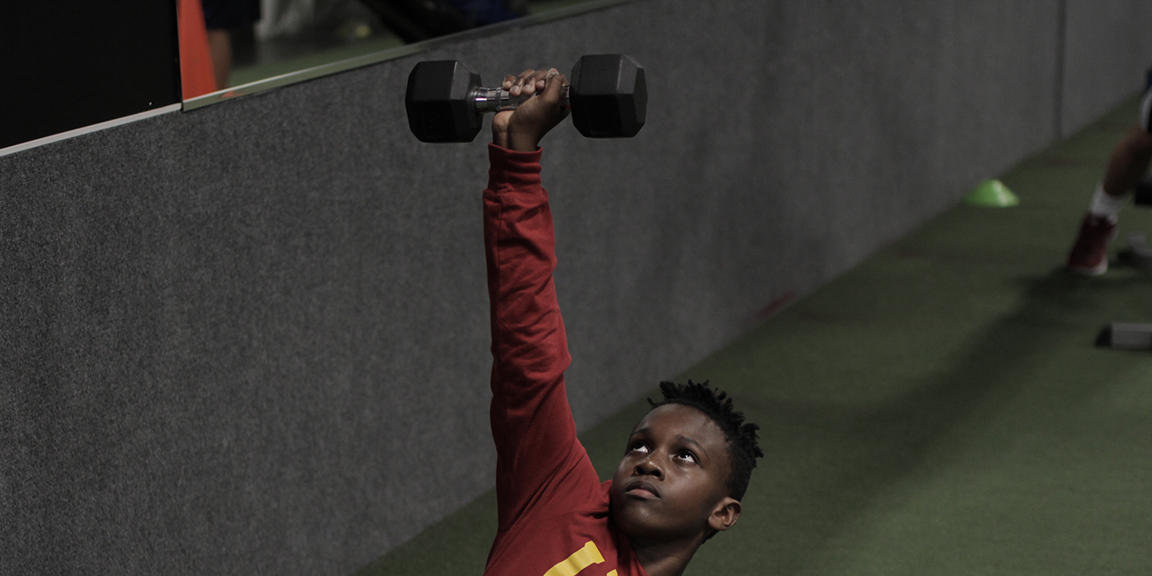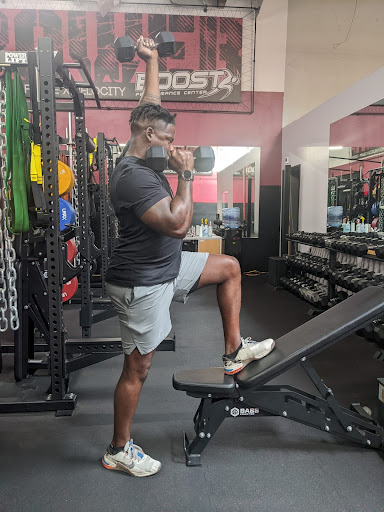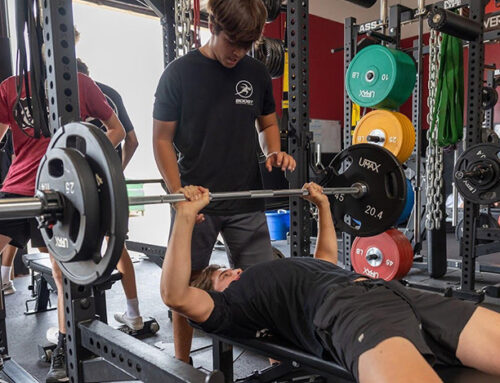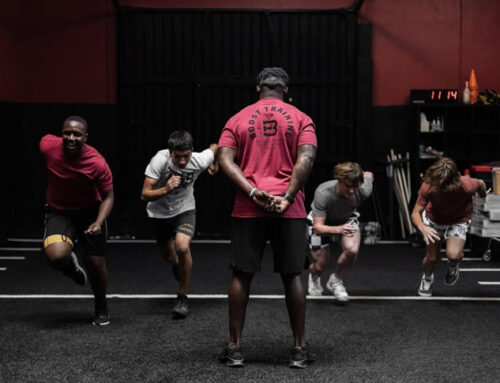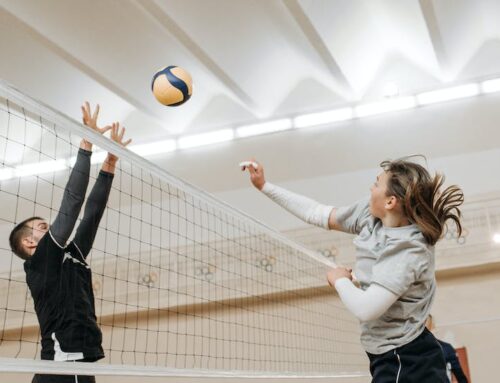When you have been doing strength and conditioning exclusively with youth athletes as long as I have, you start to hear the same questions and concerns from parents over and over again. Some of them are valid, like is it important for my youth athlete to strength train at an early age, a topic I’m very passionate about. Others are a bit ridiculous like do you offer baseball specific drills or exercises for my 10 year old athlete. This always frustrates me because youth athletes benefit tremendously from variety. Sports specific strength and conditioning isn’t necessary for athletes until they hit about 17 years of age, and that really depends on their history and how many years they have participated in a robust strength program. I like to expose my youth athletes to a wide range of exercises, speed and agility drills, and work on multiple energy systems with the intent on building overall athletic qualities. With that in mind, one type of strength training I like to program for my athletes regardless of their sport, is overhead pressing.
Typically when people think of overhead strength sport specificity comes to mind, ie..basketball, volleyball, and tennis athletes. But as mentioned before, at my gym the Boost Performance Center in Corona CA we think in terms of variety for overall athletic development. One of the reasons I love exposing young athletes to this movement is because it not only helps build lumbar stability, it also helps build scapula mobility which is crucial for just about every sport. Too often athletes focus purely on horizontal pressing (Bench press, DB bench press etc) and this can lead to really tight shoulders which can restrict overhead mobility. So imagine your son or daughter begins strength training at age 11 and they’ve only been exposed to horizontal pressing. By the time they’re 18 it’ll be pretty difficult to hold a barbell correctly overhead, and with poor mobility often comes injury. This is why variety is so crucial for young athletes, the exposure to different movements helps them become more balanced.
At my gym we don’t try and reinvent the wheel, we go with what works, which means we go for results. How we teach overhead pressing is straight from one of the greats himself, Mike Boyle. Listed below are the different progressions of an overhead press from basic to advanced.
Half-Kneeling Alternating Shoulder Press (Basic)
- The athlete will take a half kneeling position to stabilize the lumbar spine and force the lifter to use their shoulders.
- Both dumbbells should be at shoulder level with thumbs touching the front of the shoulders.
- Press up with one dumbbell moving the thumb toward the face on the way up (externally rotating).
- Reverse the motion on the way down, and switch to the opposite side.

High Split Alternating Press
- Now the athlete will take a standing position with one foot placed on a 30-45 degree incline bench. This allows the athlete to lean into the front foot to further stabilize the lumbar spine.
- The starting position of the dumbbells, as well as the ascend and descend remain unchanged.
Standing alternating dumbbell press
- Now that the athlete can press with the shoulders and not arch the back, the athlete can move to a standing position.
- The starting position of the dumbbells, as well as the ascend and descend remain unchanged.

Overhead pressing is just one of the many tools we use to develop our youth athletes at my gym. It breaks the monotony of horizontal pressing, and can help keep athletes gain healthy shoulder mobility. Not all training needs to be specific to sport, especially for youth athletes. Add some variety such as this to your training and keep your athlete strong and more importantly healthy. -Boostman
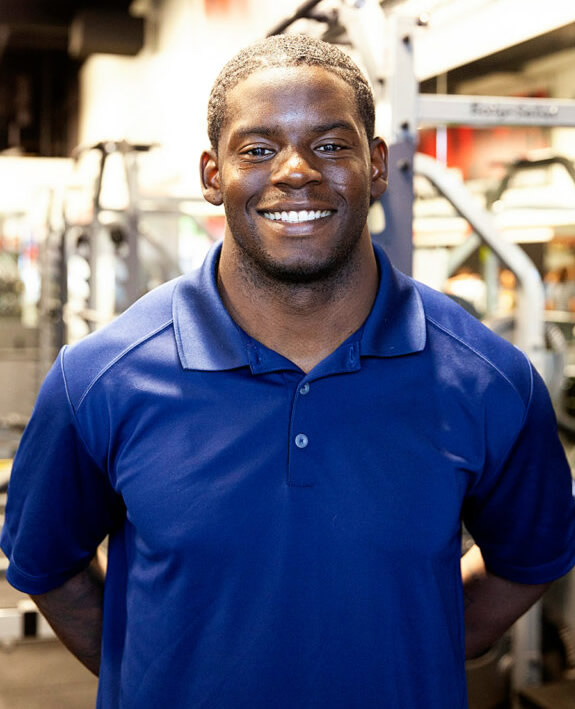
Owner, Boost Training Systems
Level 1 & 2 Coach Bommarito Performance
CSCS, USAW

